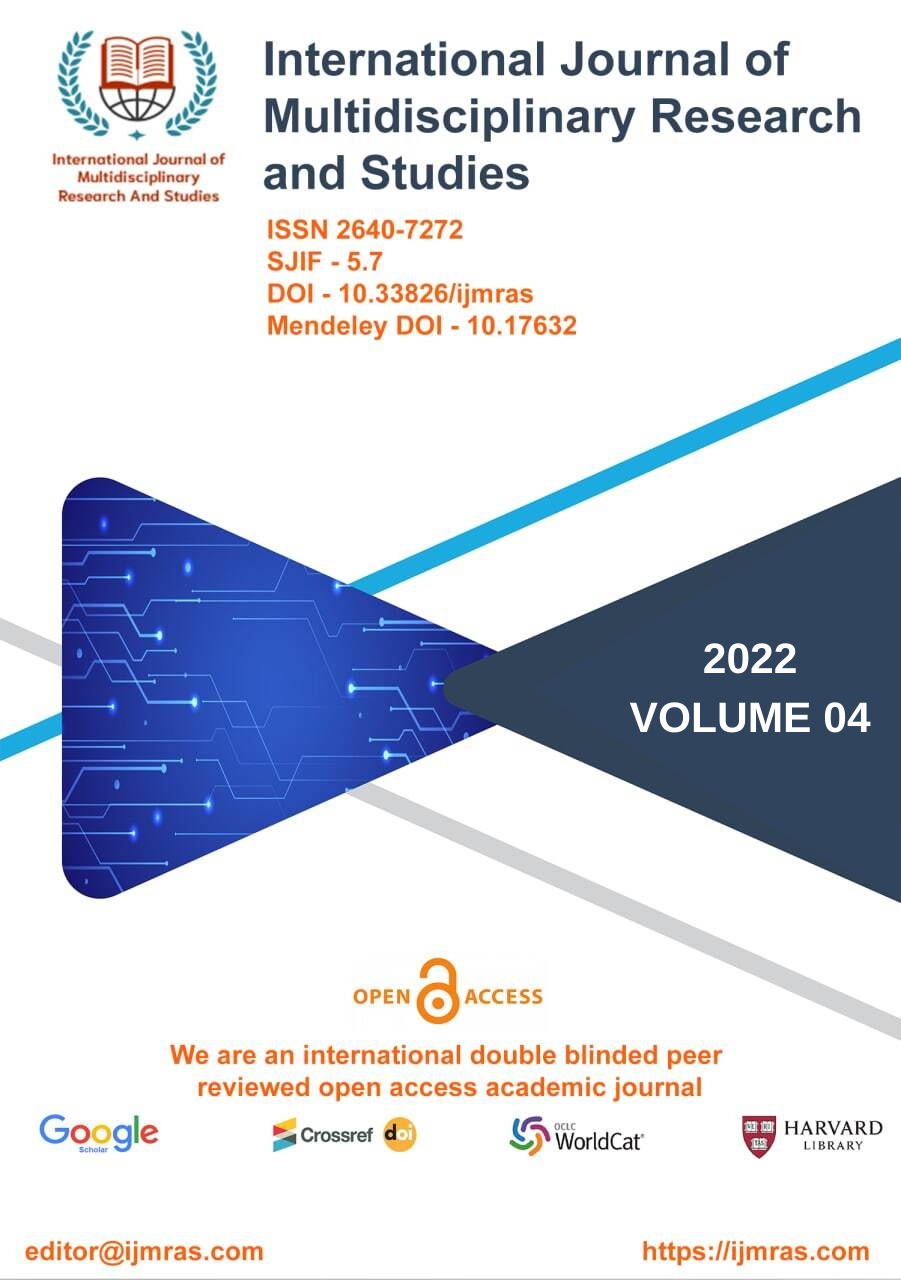COPEING WITH POST-TRAUMATIC STRESS IS NOT JUSTIFIED BY CRIME
Abstract
In addition to emotions of helplessness, terror, and dread, intense sentiments of rage have the ability to emerge as a response to traumatic experiences. Indeed, irritability and outbursts of anger are listed as one of the arousal symptoms of posttraumatic stress disorder (PTSD) in the Diagnostic and Statistical Manual of Mental Disorders (4th edition, text rev., American Psychiatric Association, 2000). This definition is found in the Diagnostic and Statistical Manual of Mental Disorders. In addition, Novaco and Chemtob (1998) noted out in their review on anger and PTSD that early findings revealed anger as a prominent component of posttraumatic stress responses. This was mentioned in their discussion of how anger and PTSD are related to each other.
Keywords
PTSD, Mental Disorders, Statistical Manual, posttraumatic stress disorderHow to Cite
References
Andreski, P., Chilcoat, H., & Breslau, N. (1998). Post-traumatic stress disorder and somatization symptoms: a prospective study. Psychiatry Research, 15, 131–138.
Breslau N. (2002). Post-traumatic stress disorder. New England Journal of Medicine, 346,
P. (1998). Trauma and posttraumatic stress disorder in the community: the 1996 Detroit Area Survey of Trauma. Archives of General Psychiatry; 55,
Briere, J. & Elliott, D. (2000). Prevalence, characteristics, and long-term sequelae of natural disaster exposure in the general population. Journal of Traumatic Stress, 13, 661–679
Brewin, C.R., Andrews, B., Rose, S., & Kirk, M. (1999). Acute stress disorder and posttraumatic stress disorder in victims of violent crime. American Journal of Psychiatry, 156, 360–366
Brown, T.A., Campbell, L.A., Lehman, C.L., Grisham, J.R., & Mancill R.B. (2001). Current and lifetime comorbidity of the DSM-IV anxiety and mood disorders in a large clinical sample. Journal of Abnormal Psychology, 110, 585–599
K.A Bollen & J.S. Long (Eds.) Testing structural equation models. Newbury Park, CA: SAGE Publications.
Bryant, R.A. & Harvey, A.G. (1995). Avoidant coping style and post-traumatic stress following motor vehicle accidents. Behaviour Research and Therapy, 33, 631–635.
Canli, T., Desmond, J.E., Zhao, Z., & Gabrieli, J.D. (2002). Sex differences in the neural basis of emotional memories. Proceedings of the National Academy of Sciences of the United States of America., 99, 10789–10794.
Chemtob, C.M., Novaco, R.W., Hamada, R.S., & Gross, D.M. (1997). Cognitive- behavioral treatment for severe anger in posttraumatic stress disorder. Journal of Consulting and Clinical Psychology, 65, 184–189.
Christianson, S-A. (Ed.). (1992). The handbook of emotion and memory: Research and theory. Hillsdale, NJ, Lawrence Erlbaum Associates.
Dager, S.R., Layton, M., & Richards, T. (1996). Neuroimaging Findings in Anxiety Disorders. Seminars in Clinical Neuropsychiatry, 1, 48–60.
Durant, L.E. & Carey, M.P. (2002). Reliability of retrospective self-reports of sexual and nonsexual health behaviors among women. Journal of Sex & Marital Therapy, 28, 331–338.
Dutton, M.A., Hohnecker, L.C., Halle, P.M., & Burghardt, K.J. (1994). Traumatic responses among battered women who kill. Journal of Traumatic Stress, 7, 549– 564.
Fredrikson, M., Fischer, H., & Wik, G. (1997). Cerebral blood flow during anxiety provocation. Journal of Clinical Psychiatry, 58, 16–21.
License
Copyright (c) 2021 Champa Kumari

This work is licensed under a Creative Commons Attribution 4.0 International License.
Individual articles are published Open Access under the Creative Commons Licence: CC-BY 4.0.




